The Game Developers Conference has always seemed like the cool gaming convention to me. Sure, in its heyday, E3 was The Important One. Now, Summer Games Fest is The Important One. Gamescom is The Big One, with over 335,000 visitors attending the 2024 show. That’s roughly triple the attendees at 2023’s PAX East or PAX West – shows that are primarily for the fans. All these conventions have a special niche. As the name implies, GDC caters to game developers, first and foremost. And if you’re interested in how games get made, that makes it a really fun show to attend.
It also means that it is a show where, if you’re not a developer, much of the information will go right over your head. I went to a GDC talk where the Marvel Rivals dev talked about how It Takes Two inspired its implementation of Doctor Strange’s portals, and that tidbit was one of the only things I understood in a talk filled with discussions of vectors and lumens.

Related
There’s No Right Time To Start Metaphor: ReFantazio
It’s better to approach a long RPG like a TV show than like a movie.
Solving Problems Behind The Scenes
So, when I attended a seminar by Metaphor: ReFantazio‘s Lead Battle Planner Kenichi Goto, I was pleasantly surprised to be able to understand everything Goto said. The talk was officially titled, Developing Metaphor: ReFantazio and the Potential of RPG Command Battle Systems, but the most interesting information actually had to do with the approach to playtesting Atlus used to refine that battle system.
It turns out that the company initially had members of the team internally playtesting the game, writing their feedback out, and sending it over so that the relevant team members could read it. It seems straightforward enough, but it was difficult for the players — who needed to think of new observations each time, even if they didn’t have anything noteworthy to address — and overwhelming for the readers, too.
“We need to remember that people are not machines. Even if it is constructive criticism, human beings can only take so much negativity,” Goto said through a translator. “Even though they knew logically that it wasn’t personal, criticism in the form of writing can at times come off harsh. In the end it was too much for some planners to even look at the reports anymore.”
So, Atlus implemented a different strategy, using internal live streams instead of written reports. All they had to do was set up a webcam that simultaneously showed the game and the player. Now, the relevant team members could watch as their section of the game was played and observe the responses the game prompted in players.
“Productivity among our team rose significantly because they could watch the live streams while they did other work. Just the process of reading reports takes up a lot of time,” Goto said. “But with this new system, we could watch the live stream from our desks, which meant we could do other work while waiting for the player to reach points in the game related to our field of expertise.”
Innovation That Players Don’t See
This took a huge amount off everyone’s plate, and also allowed the developers to learn things written feedback wouldn’t allow. Goto gave the example of a player easily completing a fight against an enemy. For the player, this wouldn’t be noteworthy enough to report and they would probably move on without thinking much about it. But, if the developer wanted that encounter to challenge the player, them breezing through was a problem worth addressing. Being able to watch the gameplay as it occurs, then ask targeted follow-up questions, makes it much easier to address these kinds of specific issues that otherwise might not be brought up.
During the talk, I realized that this would be a major before and after moment for Atlus. They found a bottleneck in their workflow, addressed it, and implemented something that will make development better going forward. It’s innovation, just as much as a game introducing a cool new mechanic is. But, for players, it’s completely unseen. If Atlus didn’t talk about the change, we wouldn’t know about it.
Goto’s seminar brought home a point that I found myself thinking about often during my time at GDC: there is a massive divide between how developers and their audience understand their games. We play the final product. We can compare it to the developer’s previously shipped titles. If we’re bold, we might even speculate about perceived problems with the design or execution. But unless we talk to the developers, or attempt to learn game design ourselves, we’re only seeing the tip of the iceberg. I’m glad I got a chance to see beneath the surface — even if it was just a glimpse.
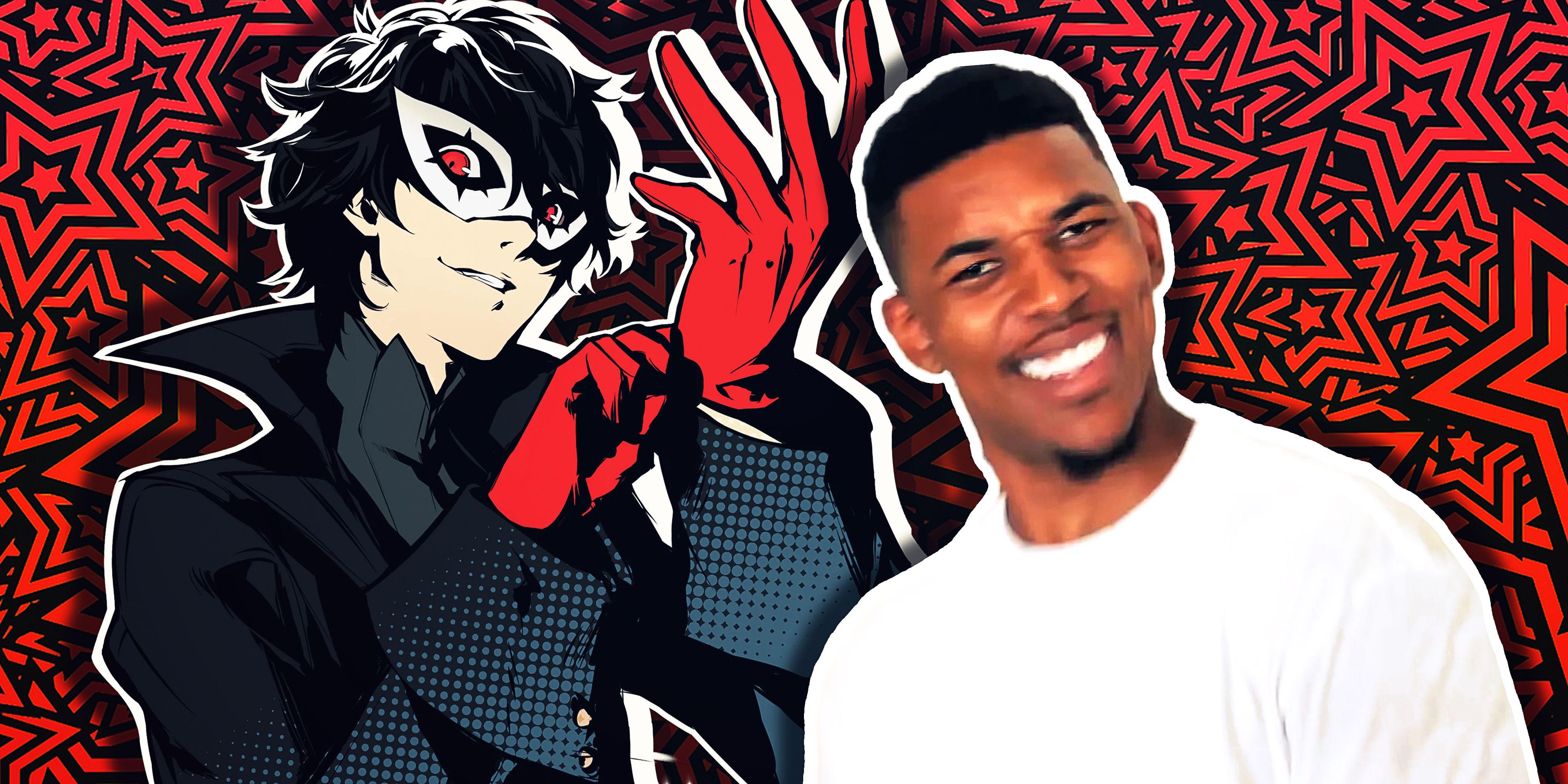
Next
Five Years Later and I’m Still Perplexed by Persona 5 Royal
This is exactly why I’m holding out on Metaphor: ReFantazio.



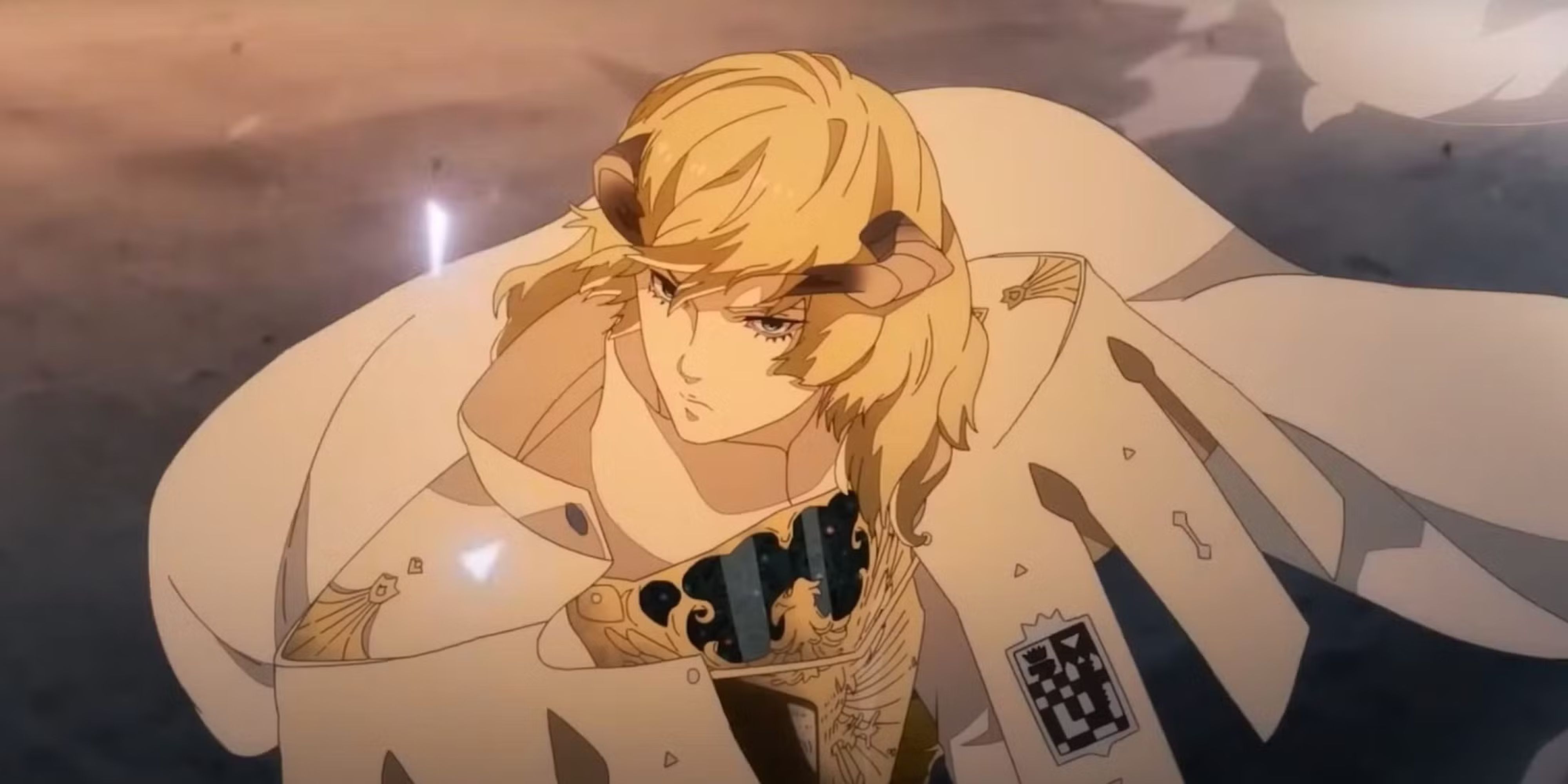





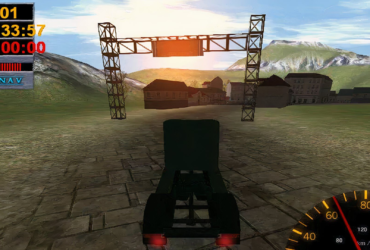
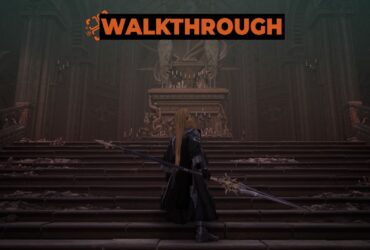

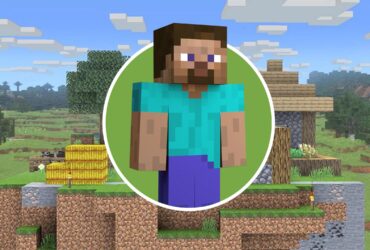
Leave a Reply